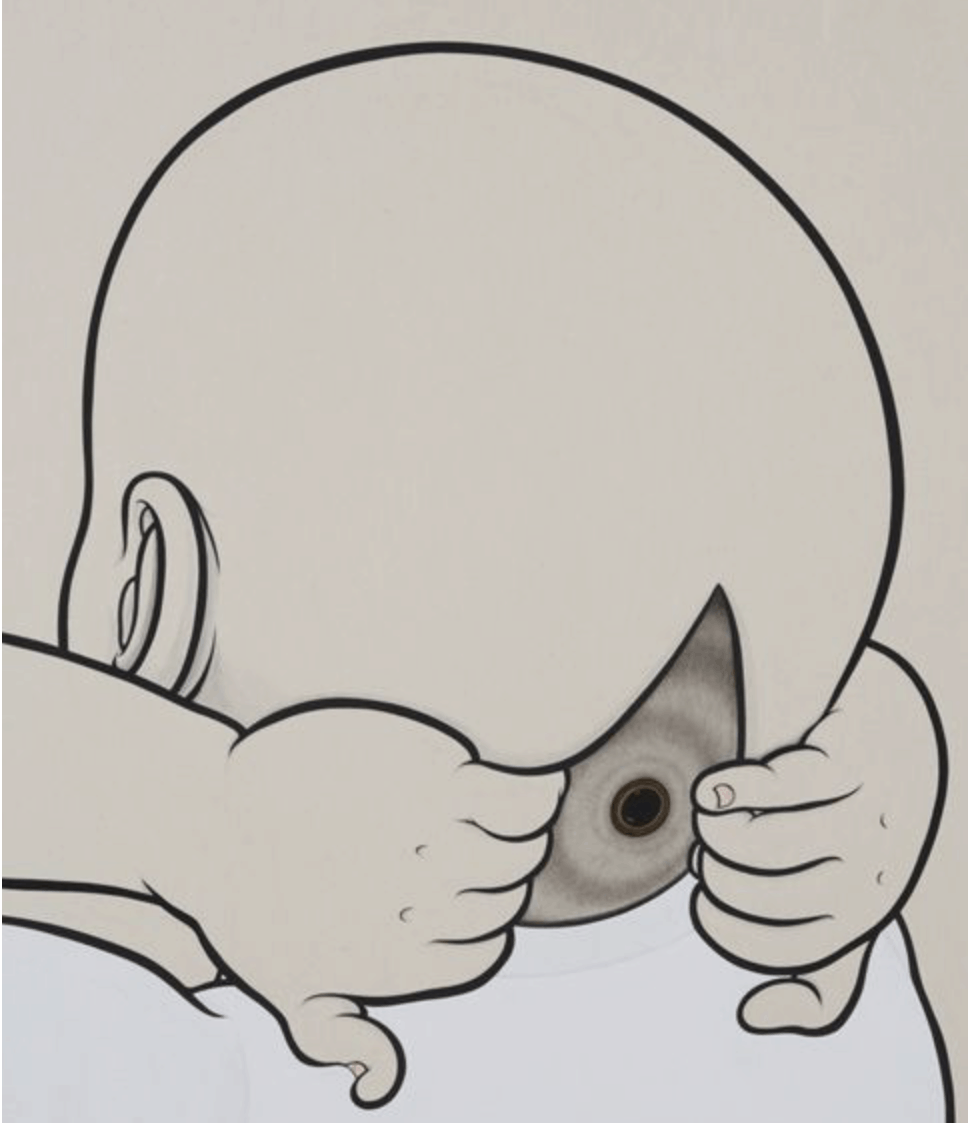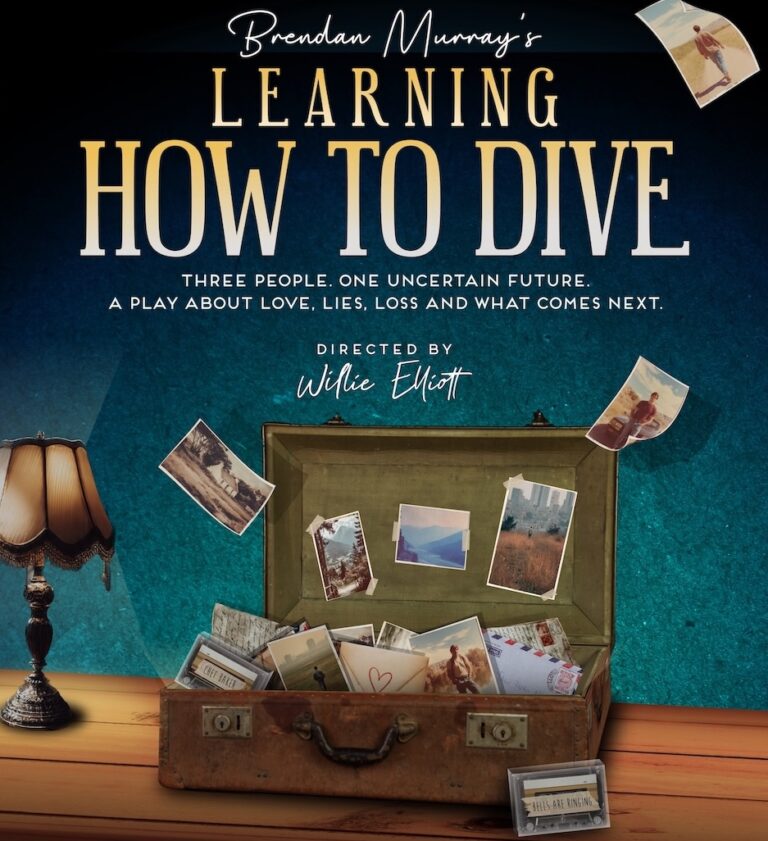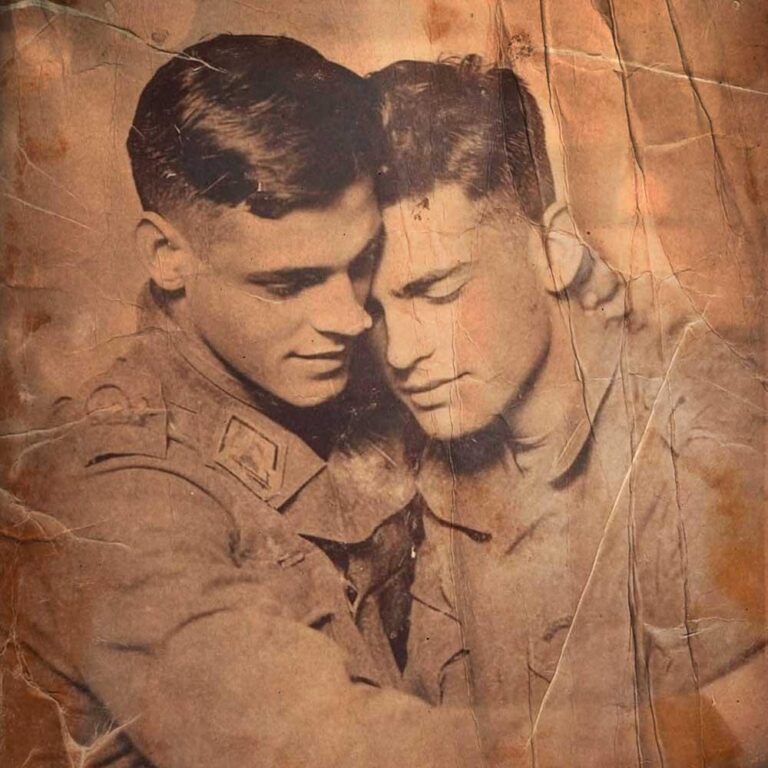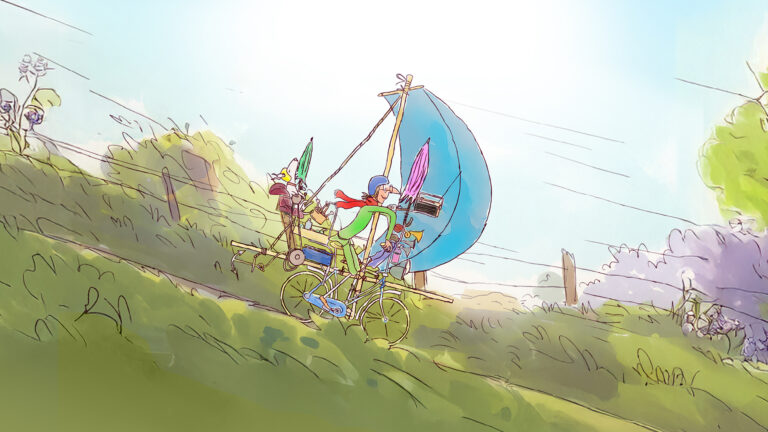FIGURE/S: drawing after Bellmer explores the body as a site of oppression, liberation, and troubling pleasures through the work of modern and contemporary artists. It takes as its starting point the radical and transgressive drawings of Hans Bellmer (1902-1975), whose work simultaneously mimicked and resisted the dehumanisation performed by fascism and racism. His drawings have had a powerful influence, sometimes subterranean, on many artists across the world in both high and popular culture, from French Surrealism to Japanese manga. Recently there has been an upsurge of interest in his work, especially the drawings, by younger contemporary artists.
Bellmer grew up with the rise of National Socialism in Germany, with its antagonism towards ‘degenerate’ bodies and celebration of the ideal human form. Through the production of hundreds of drawings and the two dolls he constructed in the early 1930s and photographed in disturbing and scandalous scenarios, Bellmer defigured and refigured the body in pursuit of unimagined sensations. He likened the body to a sentence that can be dismantled and recomposed, an interest shared with Unica Zürn, the artist, poet and writer who had a relationship with Bellmer from 1953 until her premature death in 1970. For drawings ‘after’ Bellmer, the phallocentric focus of his enquiry is superseded by approaches that challenge and split the subject to embrace multiplicity and creaturely freedom.
Bellmer wrote: ‘If the origin of my work is scandalous it is because, for me, the world is a scandal’. His work has continued to scandalise and this exhibition takes a critical look at its content whilst acknowledging Bellmer’s innovative production of ambiguous and disturbing images that have renewed significance today in their exploration of androgyny and confusion of the real and the virtual.
The exhibition explores Bellmer’s lasting influence on artists and thinkers through work by twenty modern and contemporary artists from Japan, UK, Lebanon, Nigeria, Germany, France, and US. It includes carefully selected drawings made by Bellmer in the 1940s to 60s, by his partner Unica Zürn in the 1960s, by Richard Hamilton in the 1950s, and by the Lebanese artist Huguette Caland in the 1970s. These modern works are combined with contemporary approaches that relate to feminism, gender fluidity and anti-racism, including new commissions by Mathew Hale, Rebecca Jagoe, Aura Satz, and Marianna Simnett. Bellmer’s influence in Japan is represented by the work of Fuyuko Matsui, Kumi Machida and Tabaimo and the exhibition also includes Paul Chan, Neil Gall, Sharon Kivland, Jade Montserrat, Jean-Luc Moulène, John Murphy, Paul Noble, Wura-Natasha Ogunji and Chloe Piene.
A programme of talks, panel discussions, and performances will enrich and expand discourse and research around the issues raised by the exhibition.
Drawing Room
1-27 Rodney Place, London SE17 1PP 10th September – 31st October. Times: Wednesday – Sunday, 12-6pm; Late openings until 8pm every Thursday. Admission: Free.
Phone: 020 7708 2554






